I can make this code:
#set seed
set.seed(848)
#make variables (similar, not same)
myvar_a <- rnorm(n = 100, mean = 1, sd = 2)
myvar_b <- rnorm(n = 100, mean = 2, sd = sqrt(3))
myvar_c <- rnorm(n = 100, mean = 4, sd = sqrt(5))
myvar_d <- rnorm(n = 100, mean = 8, sd = sqrt(8))
#transform variables
for(i in 1:4){
if(i ==1){
myvar_1 <- myvar_a
} else if (i==2) {
myvar_2 <- myvar_b
} else if (i==3) {
myvar_3 <- myvar_b
} else {
myvar_4 <- myvar_b
}
}
It gives me this:
Is there a way to do it with "paste" and the loop variable?
In MATLAB there is the eval that treats a constructed character string as a line of code, so I could create sentences then run them from within the code.
